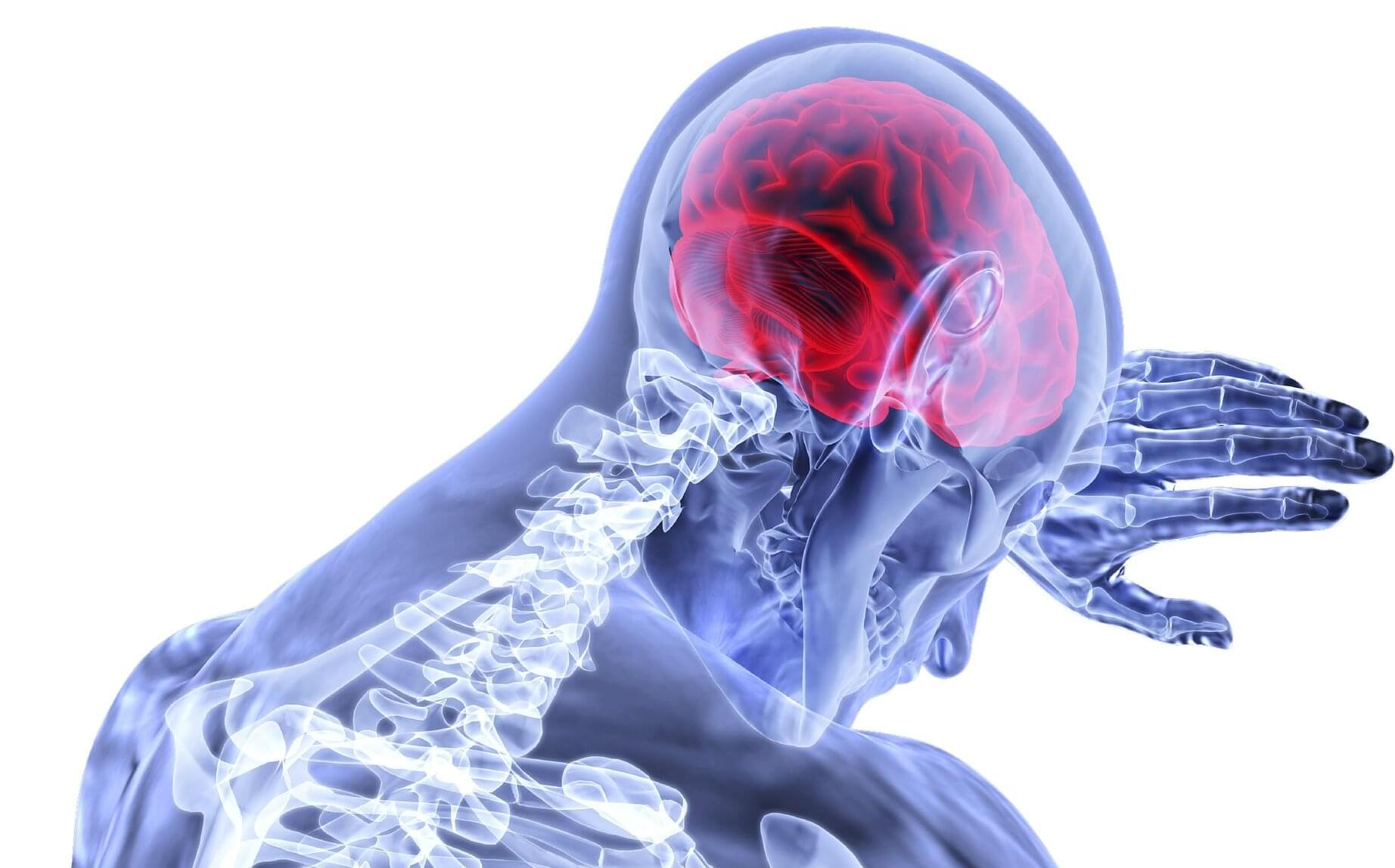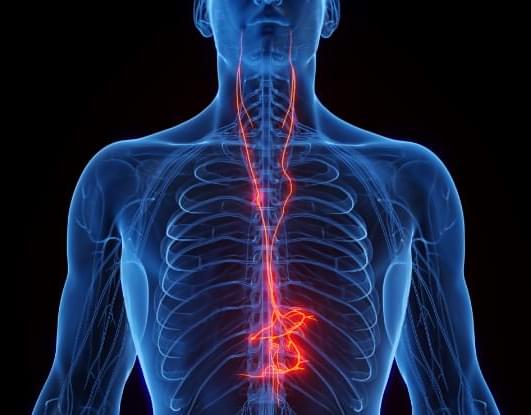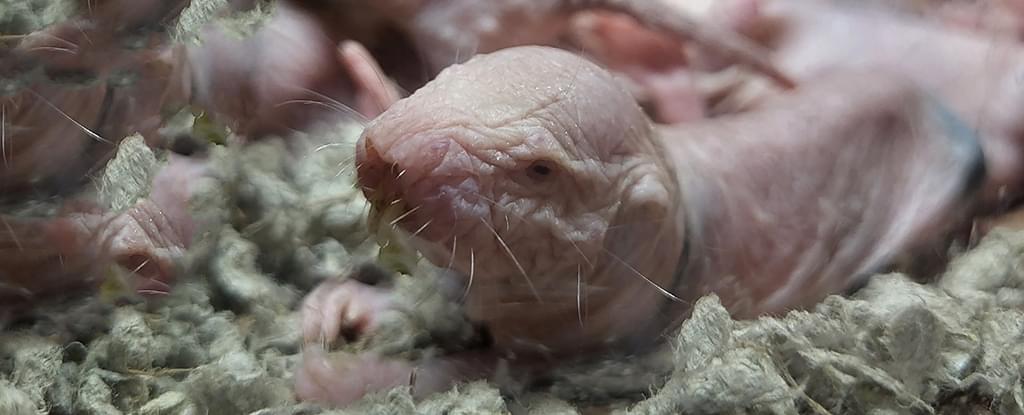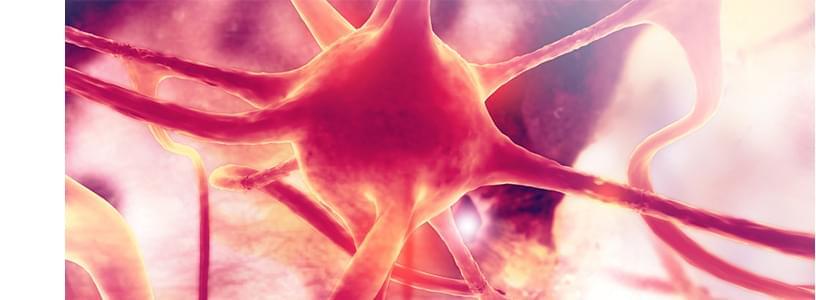Copenhagen University Hospital’s VIRTU Research Group reports that an immersive virtual reality-assisted therapy called Challenge-VRT yielded a statistically significant, short-term reduction in auditory verbal hallucination severity among Danish adults with schizophrenia spectrum disorders.
Auditory verbal hallucinations rank among the most frequent and distressing features of schizophrenia, affecting roughly 75% of patients and resisting medication in about one-third. Approximately 13% of patients experience worsening hallucinations during their first decade of illness.
Current cognitive behavioral and relational psychotherapies show modest effects, leaving a clear unmet need for innovative treatment approaches.









